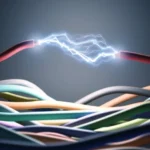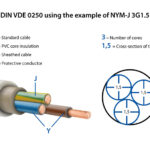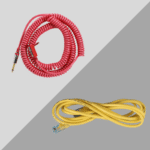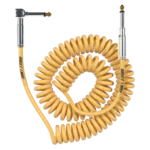Medium Voltage Cables (MV) – Reliable Power Transmission from 1kV to 35kV
XLPE Insulated | Armoured & Unarmoured | Copper & Aluminum Conductors
TOT Wire & Cable is one of the trusted medium voltage cable manufacturers and suppliers in the industry, offering a full range of MV cables engineered for energy distribution systems requiring voltages between 1 kV and 35 kV. Our medium-voltage solutions are designed to meet IEC, BS, ICEA, and GB standards, ensuring safe, durable, and efficient power transmission for industrial, commercial, and utility applications.

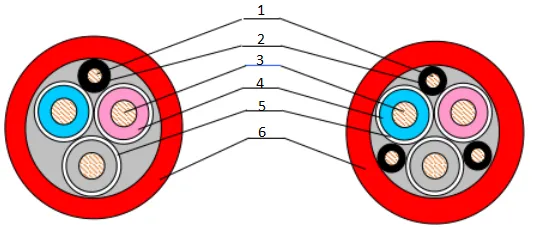
 Get a Quote for Medium Voltage Cable
Get a Quote for Medium Voltage Cable [
[